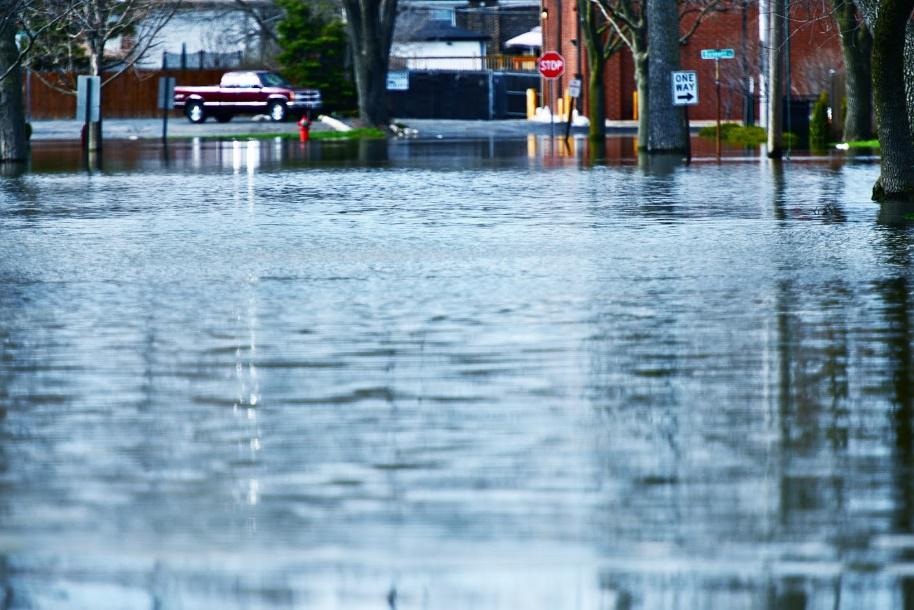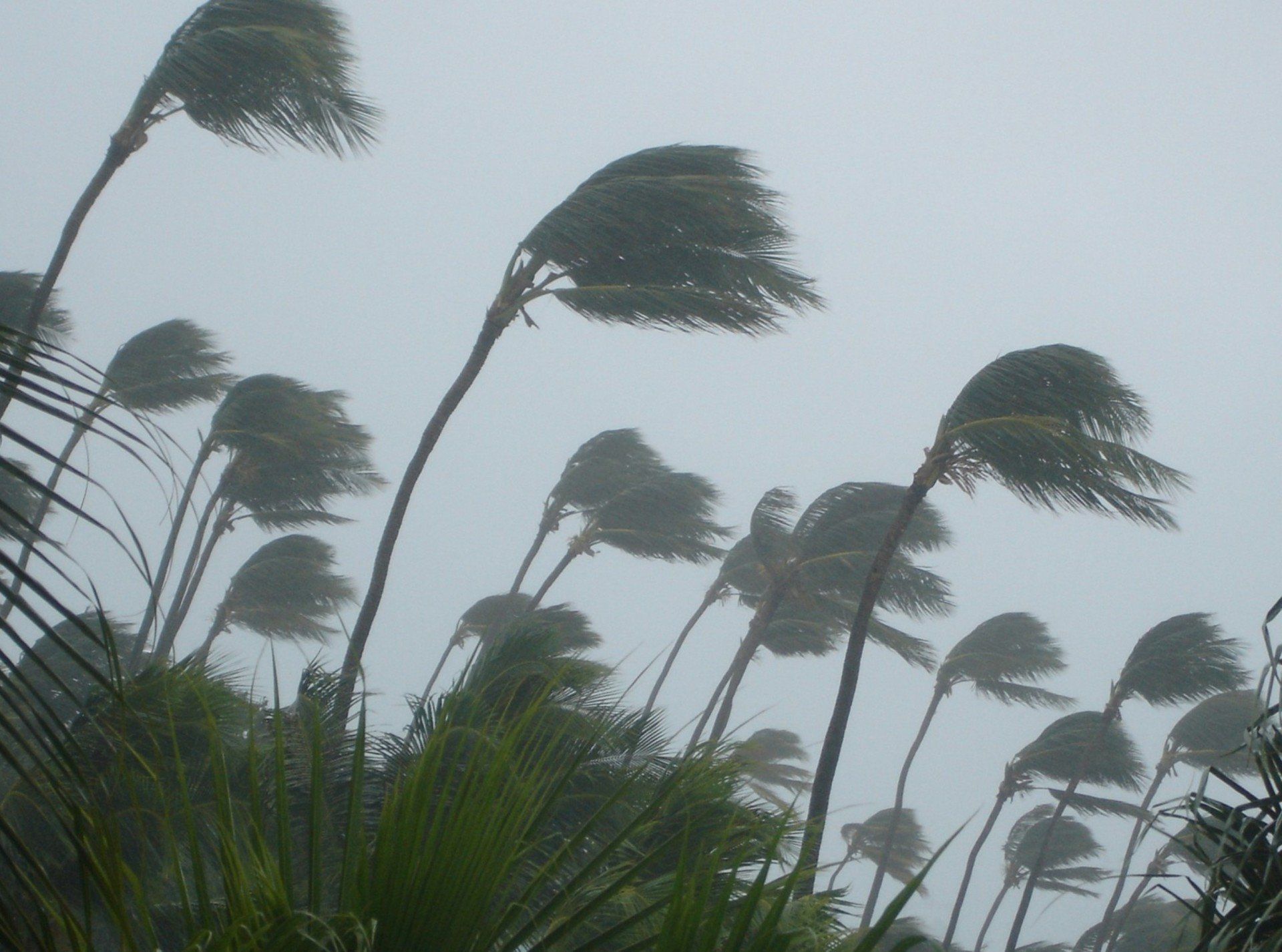FloodInsurance Myths Dispelled for Homeowners
- By Admin
- •
- 19 Oct, 2018

Flood insurance is an essential protection for homeowners who live in areas where flooding occurs, but most people don't know as much about this type of insurance as they do about other kinds of policies, such as homeowners or auto. As a result, many homeowners believe certain myths about flood insurance. The following are some of the most common myths.
Homeowners Insurance Includes Flood Coverage
Some homeowners mistakenly assume that their homeowners insurance offers protection against flooding. However, reading through almost any homeowners policy's terms and conditions will show that floods aren't covered. Most policies don't offer any protection against water damage, and those that do only cover rainstorm damage and plumbing leaks - not rising waters.
Flood Insurance Only Covers Rising Waters
While standard floods - where waters rise beyond their normal levels and cause damage - are what flood insurance policies are named for, this isn't the only peril that policies offer coverage for. Some policies also protect against abnormal waves (e.g. tsunamis), mudslides, and mudflows, which are all natural disasters caused by atypical water patterns.
Only Homeowners Who Live in Flood-Prone Areas Need Flood Insurance
Homeowners who live in areas where flooding is common certainly have the greatest need for flood insurance, and they might even be legally required to purchase coverage. Since flood policies protect against several different natural disasters and no place is completely free of flooding risk, though, most homeowners can benefit from getting a policy.
First, homeowners who live on mountainsides and near coastlines may need the other protections that flood policies offer. Certain mountains may not experience much flooding since water will flow down quickly and pool below, but those fast flows are what cause mudslides and mudflows. Homes along the coast are the ones most exposed to large ocean waves.
Second, the Federal Emergency Management Agency recognizes that flooding can occur anywhere. The agency categorizes all of the United States into several levels of flooding risk. Known areas are listed as being at mild, moderate or high risk for flooding. Unknown areas are recognized as having unknown risk - and no areas are deemed risk-free.
No matter where a home is located, there's at least a slight chance that the area could flood. The chance may be unlikely, but recovering from an unprecedented flood is expensive. Thus, flood insurance is something that all homeowners should purchase.
Homeowners Can Get Coverage When Floods Occur
Although homeowners can technically purchase a flood insurance policy at any time, waiting until a flood is imminent or occurs won't get homeowners the protection they want. Most flood policies come with 30-day waiting periods that delay when coverage goes into effect, so people can't buy coverage at the last minute. They need to have it in place before a flood is forecast.
Flood Insurance Is Expensive
Many homeowners assume that flood insurance is expensive since flood damage costs so much to recover from. The coverage, however, is remarkably affordable, even for homeowners in high-risk places.
In places where floods are rare, policies usually don't cost much at all. The risk that insurance companies assume by underwriting policies is relatively minimal, and they can keep premiums low as a result.
In places that flood regularly, the total cost of policies is much more - but the government subsidizes policies. Homeowners who live in high-risk regions can get coverage through the National Flood Insurance Program, which makes affordable flood insurance available to homeowners who live in places where policies would otherwise cost much more.
To get help finding flood insurance for your home, contact the experienced insurance agents at Livings Insurance.

To control the color or size of this text, please change the global colors or text size under the Design section from the left menu of the editor.











